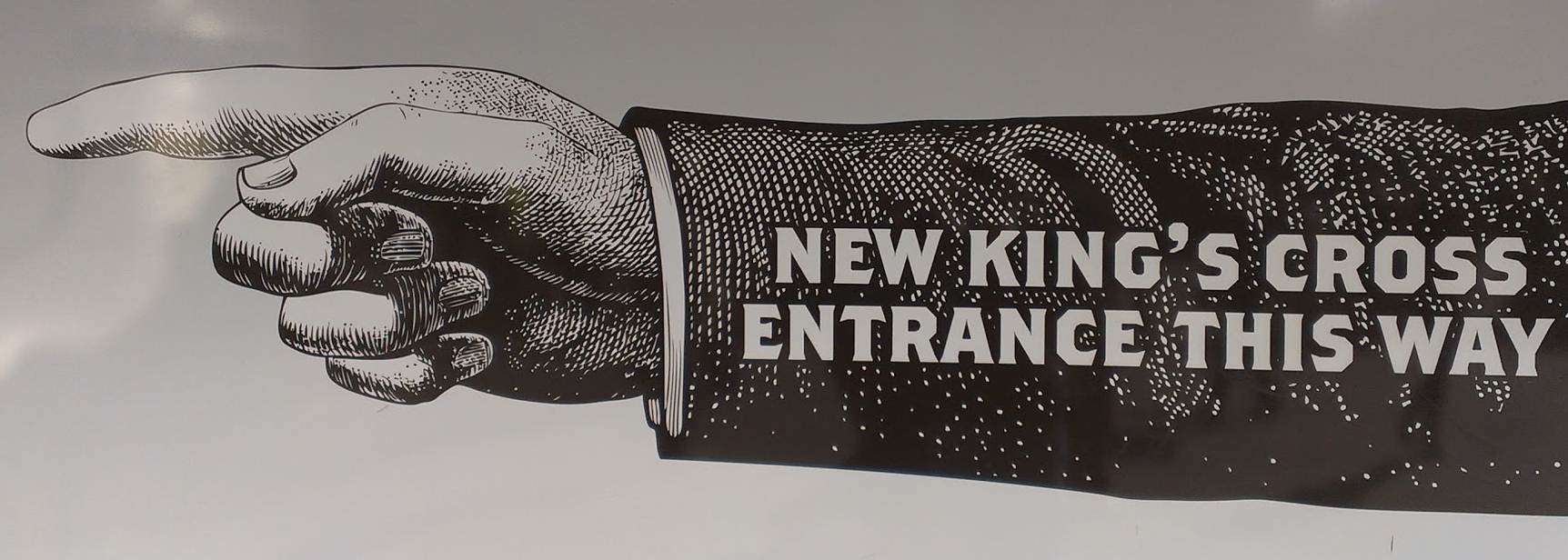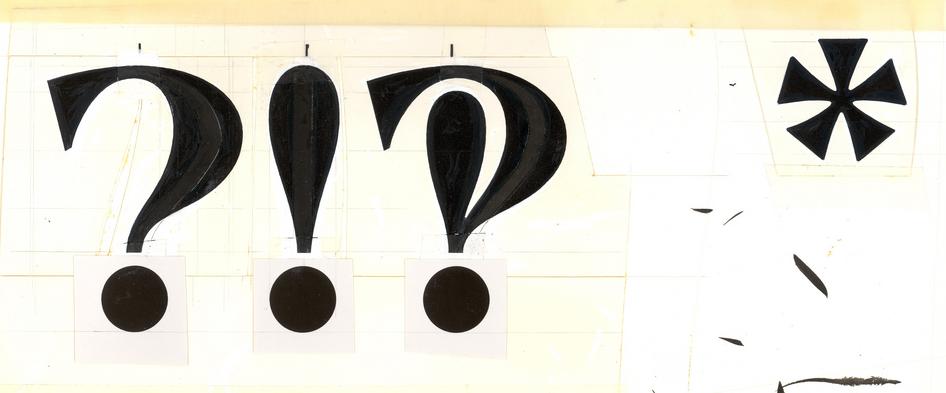The interrobang is in the ascendant this week. Richard Polt, a professor of philosophy at Xavier University, Ohio, is also a vintage typewriter buff who has helped me a number of times with regard to keyboards, typewriter models and such like. Back in 2011, Richard contributed this great image of a piano-like, 1889 Hammond to my article on The @-symbol, part 2 of 2; now, though, he has outdone himself handsomely with an amazing find. Witness the interrobang in print on the cover of Agent, Action, and Reason (1971) edited by Robert William Binkley et al.1

According to Roger Trigg’s contemporary review in The Philosophical Quarterly2 the book is “a well-produced volume [providing] a worthy addition to the work published in the field”, though Trigg inexplicably fails to mentions the elephant in the room — that is to say, the interrobang on the cover. This piece of punctuational history can be yours at AbeBooks for the very reasonable sum of £0.62 plus postage and packing; my copy is already en route, and perhaps the colophon will help identify its avant-garde cover designer.
Many thanks to Richard for alerting me to this!
Still on the subject of the interrobang, recently I came across some references to an event called “Interrobang” — seemingly a literary festival of some sort — taking place in London next month. Alexander Mee of Ithaka, the London theatre company staging the event, told me more via email:
Interrobang was initially conceived as a simple fundraising event, for a production of the Odyssey that we’re developing at the moment. The money raised from ticket sales will go towards funding that production. It grew into [a] mini arts festival as we began booking events and acts and is now a celebration of words.
We’ll be hosting a workshop by we make books, a zine (smallpress magazines) fair, storytelling, poetry, some speech audio listening stations and some talks. There will also be live music throughout the day.
On the subject of their striking choice of name, Alexander explained that:
We were talking about grammar and [co-producer] Nick lamented that the interrobang had fallen out of use. I liked the word, it’s such good fun to say, and we spent a good 5 minutes repeating it. Then it stuck. Hopefully Interrobang is such a success that the interrobang will have the renaissance it deserves.
So there you have it. The Interrobang festival will be taking place at the Betsey Trotwood in Clerkenwell, London, on November 17th. Who knows; If I can find the money and the time I may well try to make it along there myself.
In other news, Ben Yagoda strikes again in the New York Times’ Opinionator blog, writing about that horizontal indicator of pause and elision, the “Mad Dash”. His article is a nice primer on this most Euclidean of marks of punctuation, and, dare I say it, touches upon some of the same topics as will the forthcoming Shady Characters book.
Over at The New Yorker, Hannah Goldfield writes about ‘emoji’, the pictographic descendants of the primitive emoticon. This is a world of riches no longer constrained by the typewriter keyboard, and as Goldfield explains,
The Emoji vocabulary includes but is not limited to: a cluster of musical notes; a fire; a thumbs up; a thumbs down; a hand giving the peace sign; a pair of blonde chorus-line dancers in matching hairbows and leotards; a woman getting a haircut; a baby; an old lady with a gray bun; a blonde princess; a skull; a lipstick kiss; an ear; a nose; a mouth; a wild boar; a koala bear; a snowman; a race horse; a ram; a bouquet of tulips; a dolphin; a cactus; an octopus [and many more.]
Confronted with an SMS ridden with emoji, I can’t help but think that some of the emoticon’s staunchest critics would suddenly be very happy to compromise on the simple pairing of a colon and closing parenthesis :)
- 1.
-
, Robert W Binkley, Richard N Bronaugh, and Ausonio Marras. “Agent, Action, and Reason”. In. University of Toronto Press, 1971.
- 2.
-
Trigg, Roger. “[untitled]”. The Philosophical Quarterly 23, no. 90 (1973).


